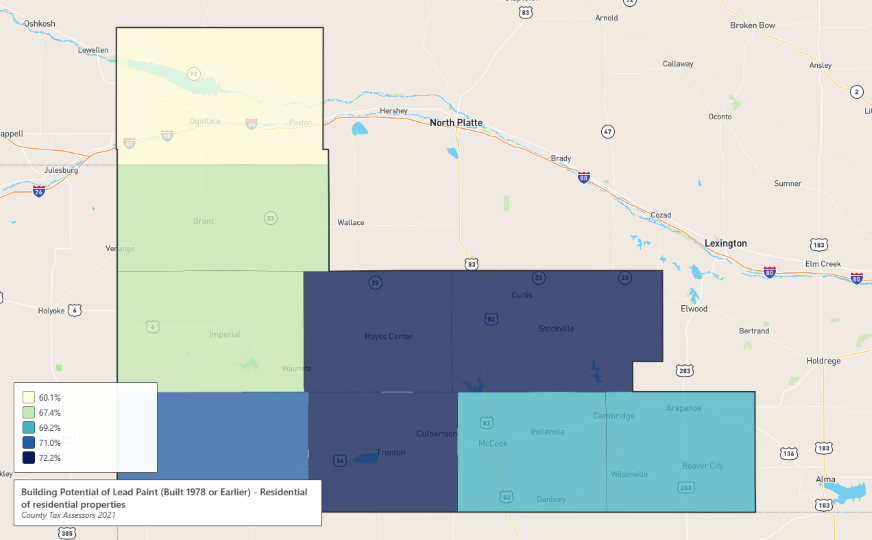Lead testing is recommended for children 1 to 6 years of age and adults who are exposed to high lead levels through their work such as painters, auto repair workers, galvanizers, plumbers and other professions. Lead exposure can affect nearly every system in the body and symptoms are not always obvious. The effects of lead exposure cannot be corrected.
The most important step parents and daycare providers can take is to prevent lead exposure before it occurs.
- Get the Facts: Find out about the hazards of lead.
- Get Your Home Tested: Find out how to minimize risks of lead exposure by hiring a certified professional to test older homes for lead.
- Get Your Child Tested: A simple blood test can detect lead. Consult your health care provider for advice on testing your children.
Protecting children from exposure to lead is important to lifelong good health. Young children have a tendency to put objects in their mouths, which increases their risk of high lead levels. Even low levels of lead in blood have been shown to affect a child's IQ and the ability to pay attention. Lead exposure has been linked to higher risk of ADHD, especially when combined with exposure to cigarette smoke.
Lead can be found in a variety of sources:
- Lead paint - used widely in homes built before 1950, and not banned from residential use until 1978.
- Water pumped through lead pipes.
- Imported items including clay pots.
- Certain consumer products such as candles, make-up and jewelry.
- Certain imported home remedies.
Be aware of lead in your home:
- If you see paint chips or dust in windowsills or on floors because of peeling paint, clean these areas regularly with a wet cloth.
- Wipe your feet on mats before entering the home, especially if you work in occupations where lead is used. Removing your shoes when you are entering the home is a good practice to control lead.
- Remove recalled toys and toy jewelry from children's access. Stay up-to-date on current recalls by visiting the Consumer Product Safety Commission's web site.
Houses Built 1978 or Earlier

WIIN: Water Lead Testing for Schools and Licensed Childcare Centers
Has your childcare center or school tested their water for lead? The health of our children is of the utmost importance to us. Identifying sources of lead exposure is crucial for preventing childhood lead poisoning. Childhood exposure to lead is associated with hearing and speech impairments, learning disabilities, behavior disorders, slowed growth and development, and damage to the nervous system. Children ages 6 and younger are the most vulnerable to the effects of lead exposure.

The State Drinking Water division at the Nebraska Department of Environment and Energy is partnering with local health departments across the state to test for lead in drinking water at schools and licensed childcare facilities. You can view the testing results here. If your school or daycare is not on the list, have them contact us to participate in the testing.
SWNPHD offers FREE water lead testing for all schools and daycare centers in Chase, Dundy, Frontier, Furnas, Hayes, Hitchcock, Perkins, Keith, and Red Willow Counties. Contact us at 308-345-4223 or info@swhealth.ne.gov for more information or to request a test kit and instructions.
Basic Information about Lead in Drinking Water | US EPA
3Ts for Reducing Lead in Drinking Water | US EPA
Lead in Nebraska - 2021 Testing and Cases
To learn more about preventing lead exposure, visit https://www.cdc.gov/nceh/lead/.
